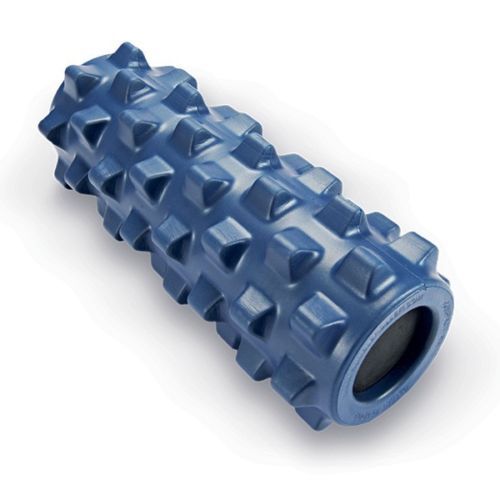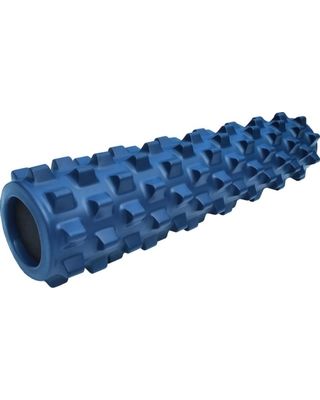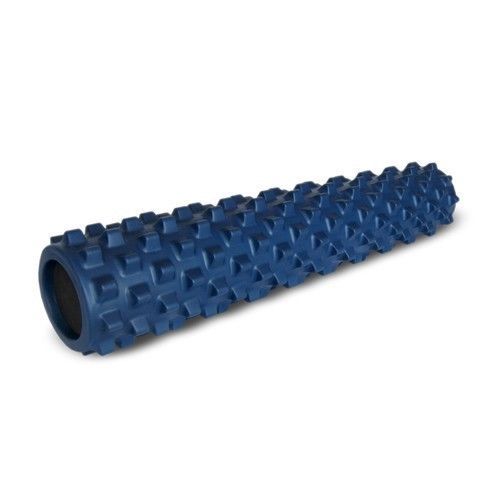Rumble Roller Deep Tissue Massage
$44.95 - $68.95
Rumble Roller
The RumbleRoller was specifically designed to mimic thumb-like massage pressure in order to break up knotted muscle fibers, decrease muscle tension and diminish muscle tightness. This roller is much more aggressive than the conventional foam roller and is able to get deeper in the muscle fascia to reach the toughest trigger points.
Try using the RumbleRoller when warming-up before workouts to increase blood flow and loosen up the muscle.
| Self-Myofascial Release |
Injuries, repetitive motion, or even prolonged inactivity can degrade the function of your muscles and fascia (the network of connective tissue that surrounds and supports your muscles). This results in localized areas with compromised function, commonly referred to as knots or trigger points. Trigger points are usually hypertonic and tender to the touch, and restrict movement of the surrounding muscle. The health of this dysfunctional tissue can often be restored through deep-tissue massage (sometimes called myofascial release). Applying firm pressure to a trigger point for several seconds helps release its tension and encourages recovery. A massage therapist is an expert at this type of therapy, but few people can afford to hire one as often as needed. The RumbleRoller, however, provides you with a very convenient and economical means of self-treatment. |
| Rolling Tips |
Although the techniques in this instruction guide are called exercises, you should focus on relaxing your muscles, not flexing them. The rolling is best done very slowly and deliberately, and is the way that you scan your body for trigger points. As you roll, note any areas that feel unusually dense or tender. Pause at those points for several seconds to allow your RumbleRoller's bumps to sink in deeply. Gradually the muscle will begin to loosen and the pain will begin to dissipate. It's not necessary to do every exercise in this instruction guide. For best results, focus on the exercises that provide you with the most relief and do them consistently. If you're an office worker, that might mean rolling your back for a few minutes each night to help reverse the damage caused by slumping in a chair all day. If you're a runner, it might mean rolling your glutes, IT bands, and calves after each run to improve recovery. There's no right or wrong time for rolling. Many athletes use the RumbleRoller to loosen up their bodies immediately before training or competing. Others keep it at home and roll at night while watching TV. |
| Rumble Roller Exercises: | ||||||||||||||||||||
|
 Free Shipping on all orders to the continental USA!
Free Shipping on all orders to the continental USA!
















Follow Us